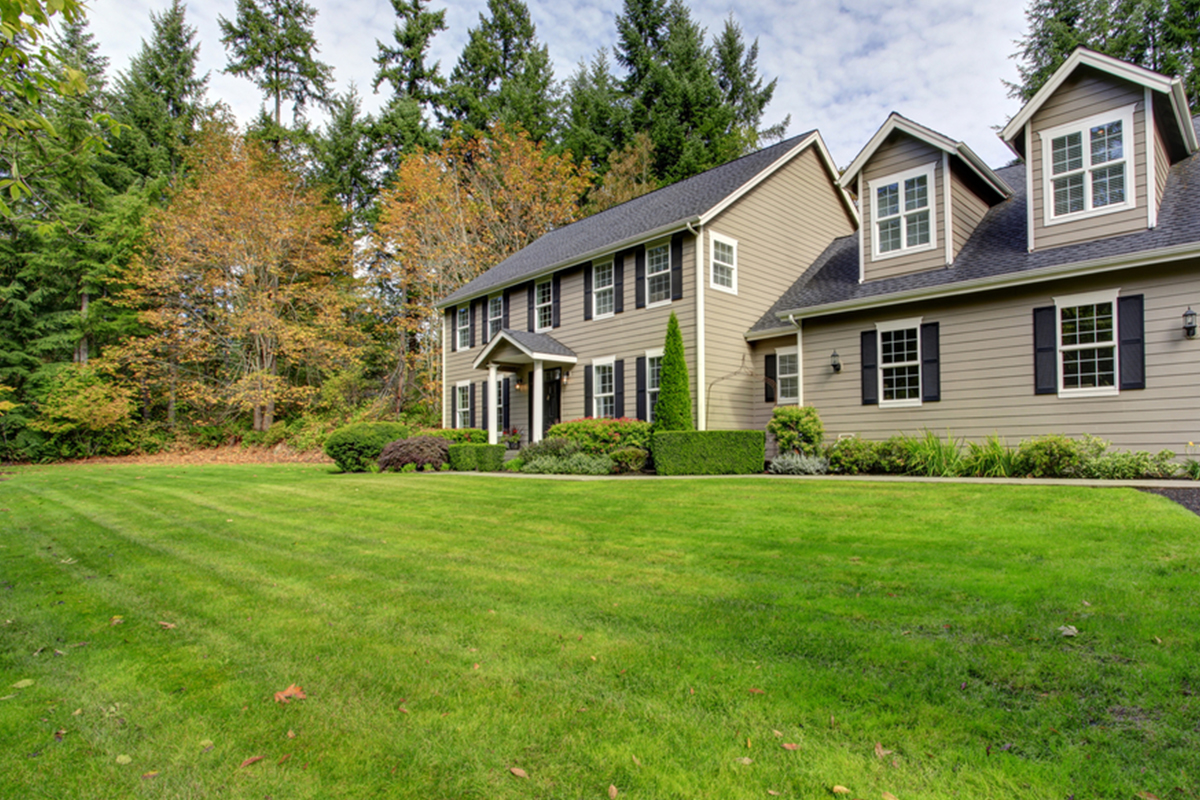
No one wants to think about fire season, but in certain areas, wildfires are a yearly occurrence. Being prepared for fire season can help reduce the chances of losing your home to a fire, and may also help you feel less anxious heading into the season. Here are some common recommendations to help you get your house ready for the fire season.
Create “Defensible Space”
Keep it lean, green, and mean. Your defensible space is the space that becomes the buffer between your house and the trees, grass, and shrubs that surround it. Use this space to slow, or better yet, stop the spread of a wildfire. Radiant heat can be as dangerous as direct flames, so the wider your defensible space, the better. Here are just a few recommendations:
- Keep your defensible space clear of leaves, twigs, and branches by regularly raking it
- Create “fire lines” with sidewalks and driveways
- Keep the height of your lawn below 4 inches by mowing as needed
- Trim tree branches that are lower than 15 feet from the ground
- Request the power company remove branches from power lines near your property
For a comprehensive list of suggestions, visit AccuWeather
Roof
The most vulnerable part of a home near a wildfire is its roof. Houses with shingle or wood roofs are in greater danger of being destroyed by fire than those homes built with metal, tile, or composition materials. If your home currently has a shingle or wood roof, consider re-roofing with a fire-resistant material.
Cut back branches that hang low over the roof of your house.
Deck
Decks within 10 feet of your home should be built with ignition-resistant or non-combustible material. According to DeckMagazine.com, the IWUIC and NFPA 1144 specify the use of decking materials that are “non-combustible,” such as steel framing and aluminum decking, or “ignition-resistant,” such as pressure-treated exterior-rated fire-retardant-treated lumber.
Make sure beneath your deck is clear of all combustible material and debris.
Windows
Change out single-pane windows as they are vulnerable to the heat of wildfire before it even reaches the home. Once windows break, they allow burning embers into the house and may start fires inside.
Replace single-pane windows with dual-paned windows. Optimally, install dual-paned windows with one pane of tempered glass to reduce the chance of the window breaking during a fire.
Chimney
Install 1/8 inch metal mesh screening over chimneys or stove-pipe vents to prevent embers from straying onto your rooftop or yard. Also, store firewood at a safe distance from your home. Never stack it next to the exterior wall of your house.
Gutters
Keep your rain gutters free of combustible debris.
Patio Cover
As we mentioned for fire-resistant roofing, this would also apply to your patio covering. Replace your patio covering with the same material you would use on your roof.
Your Street Number
Make sure your address is easily read from the street and is not obscured by branches or shrubbery so that the fire department can find your home if necessary.
Helpful Resources and Websites
These are just a few recommendations. Take time now before the fire season is upon us to learn more about the subject. Here are some great resources that will take a deeper dive into how to get your home ready for the fire season. For more information on how to get your house ready fo fire season, visit these websites:
Prepare for Wildfire – Hardening Your Home
